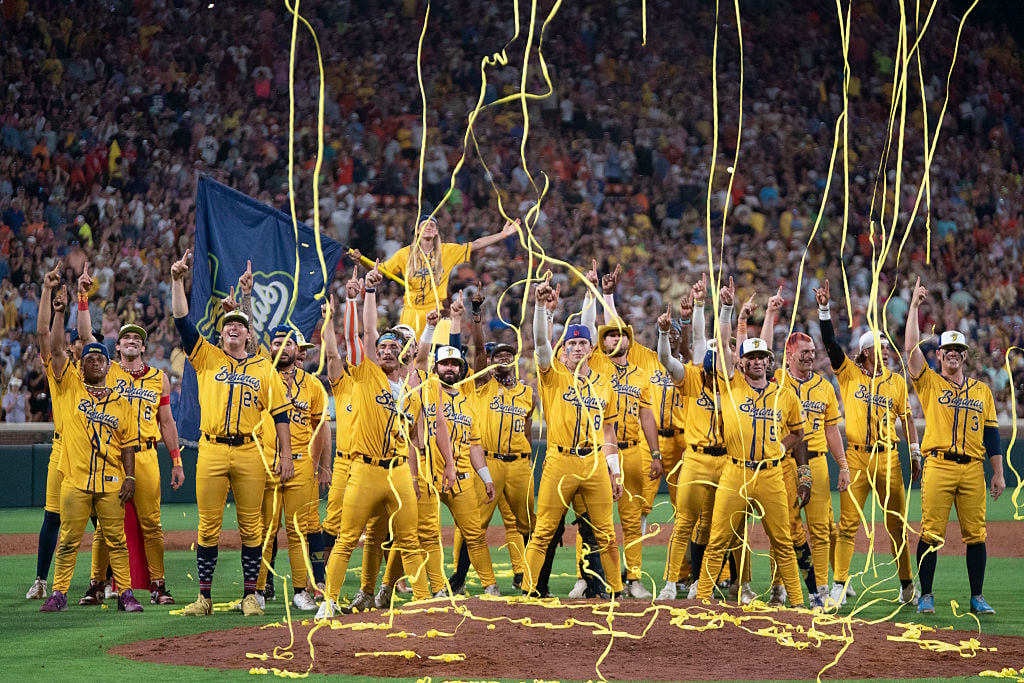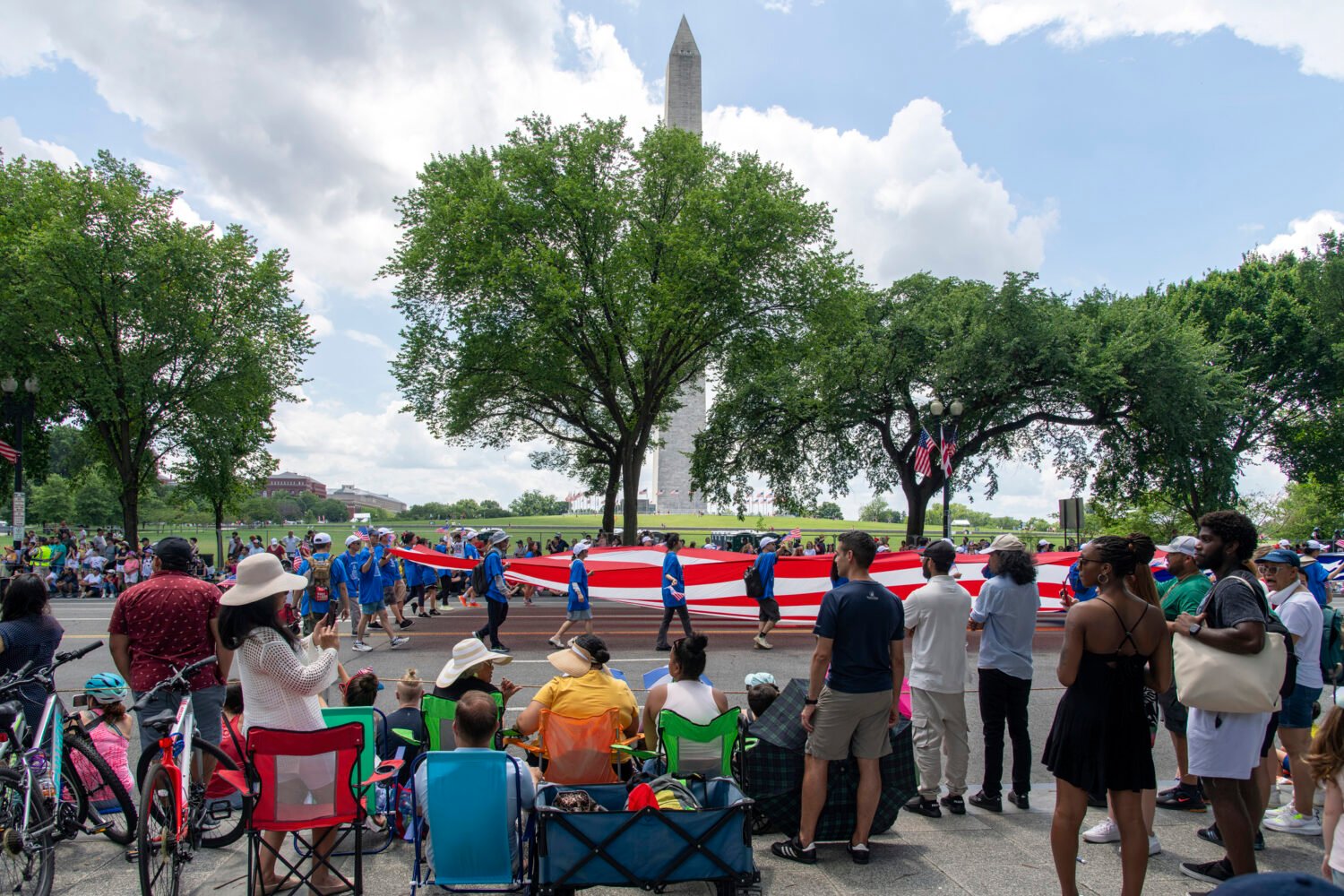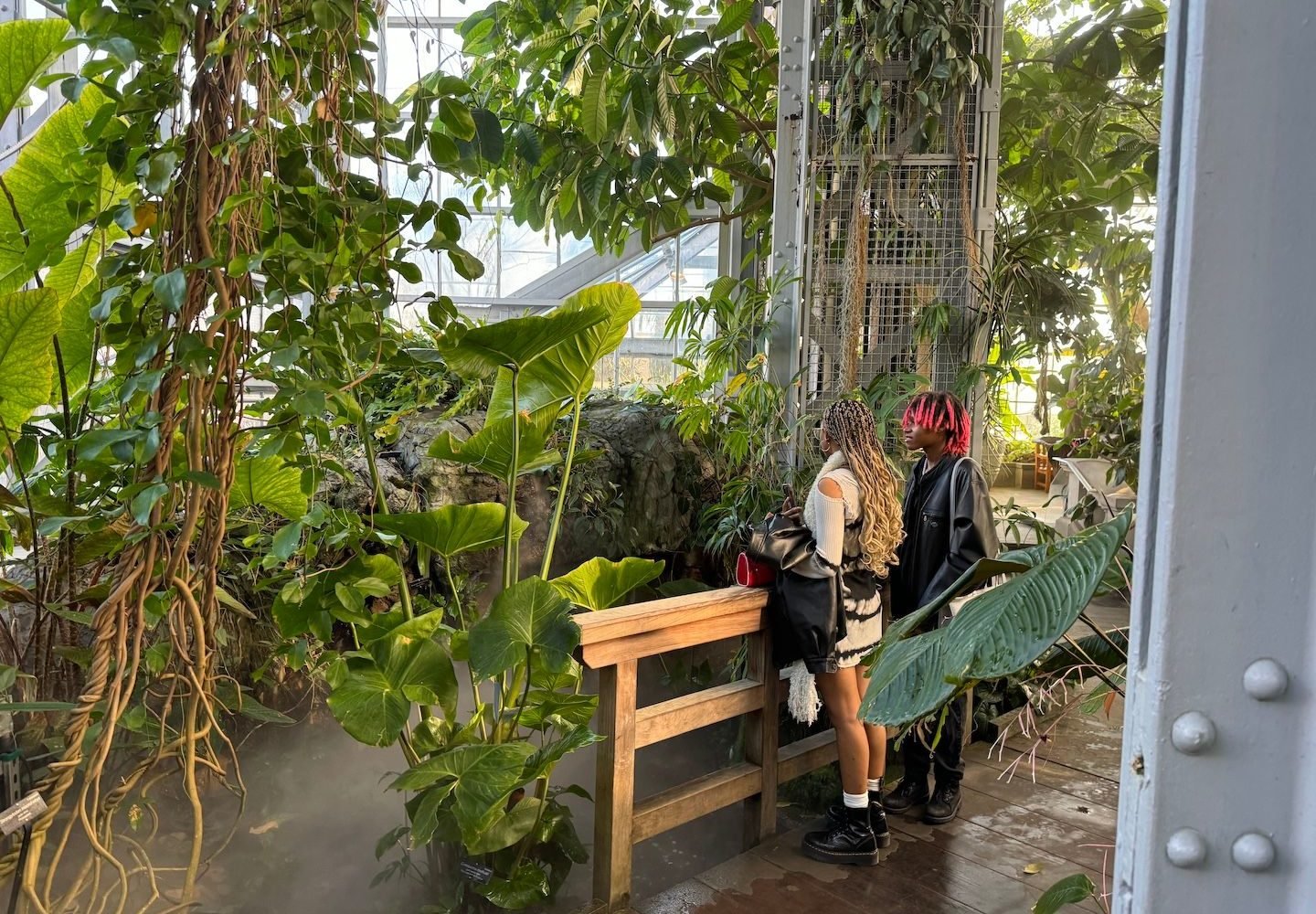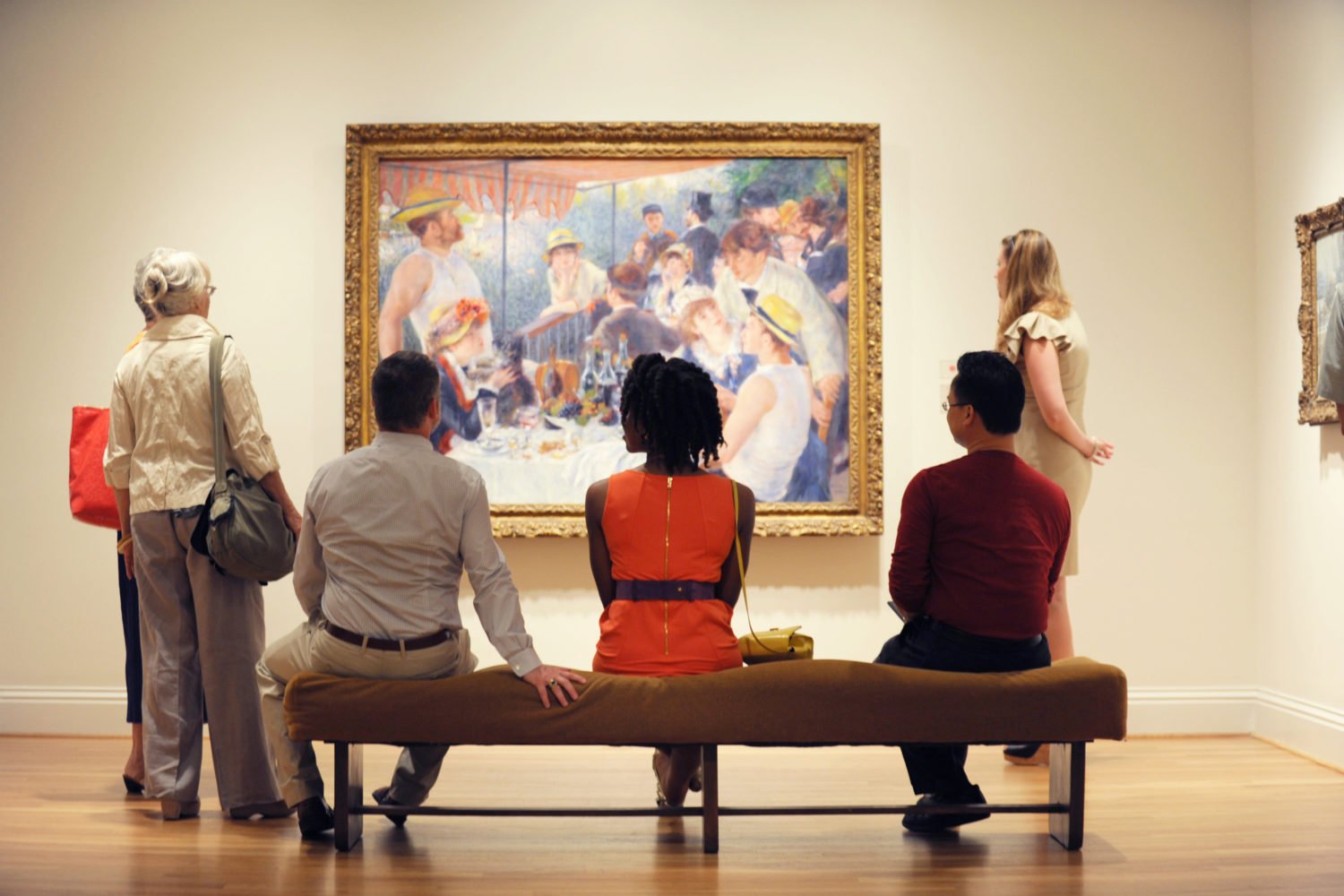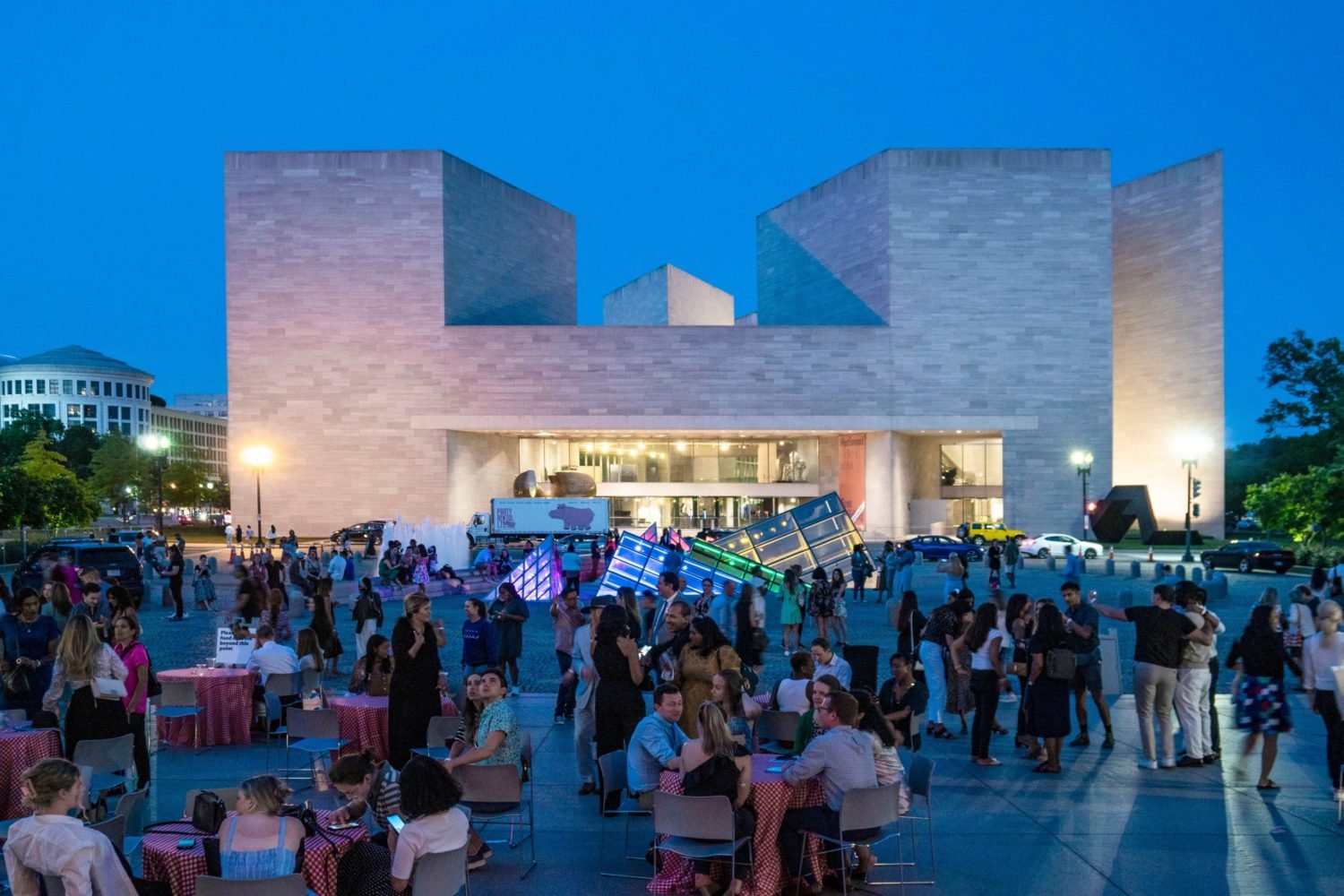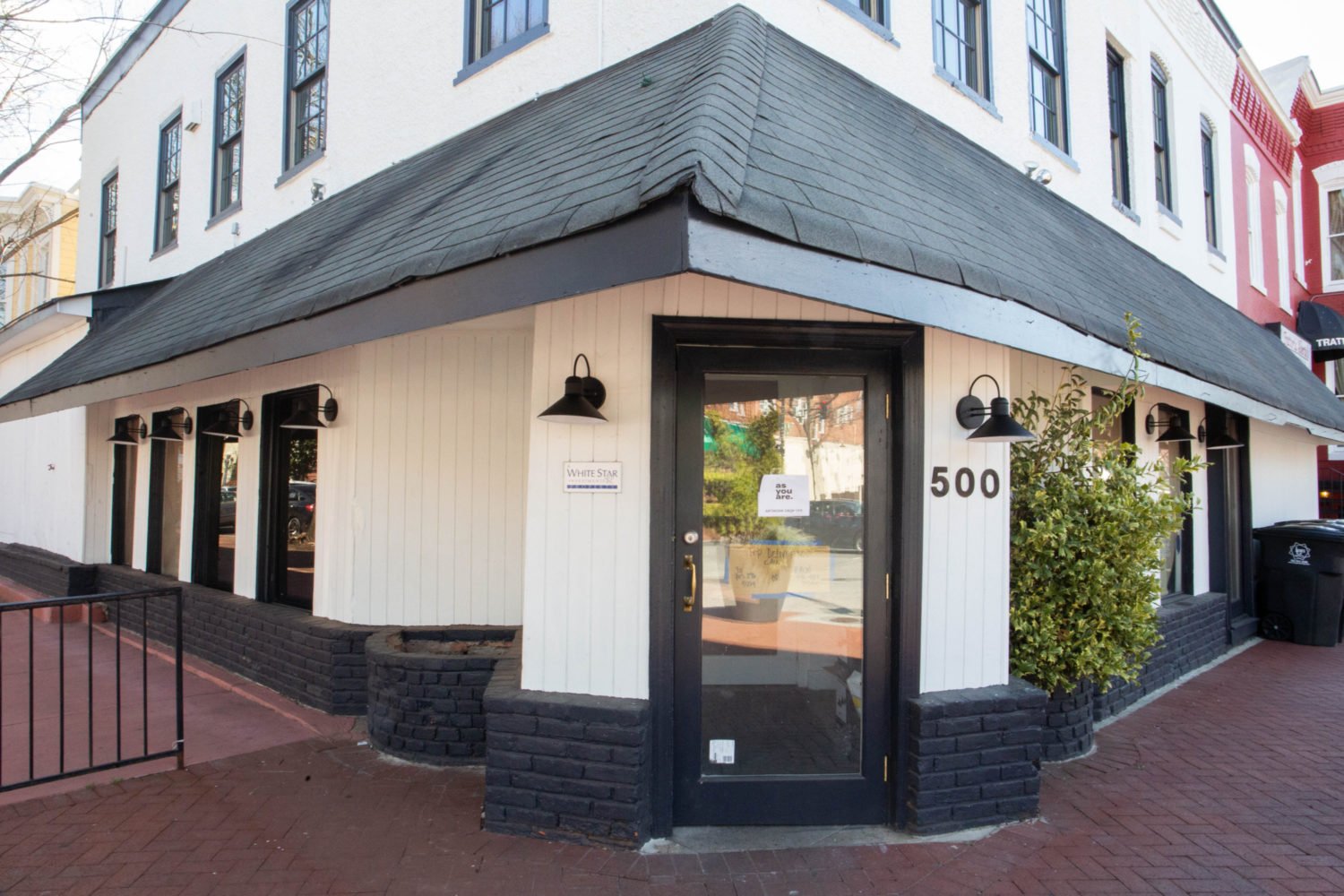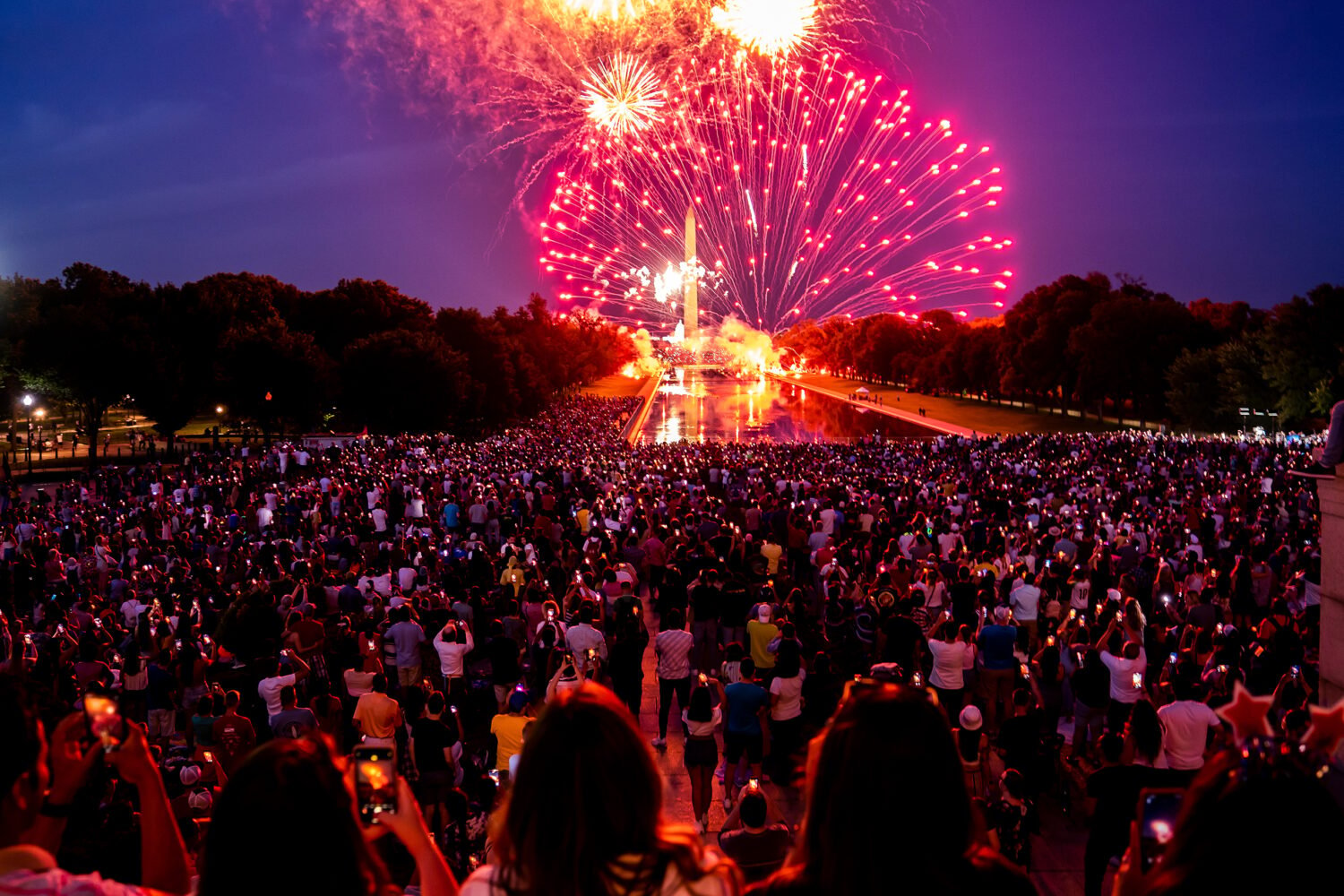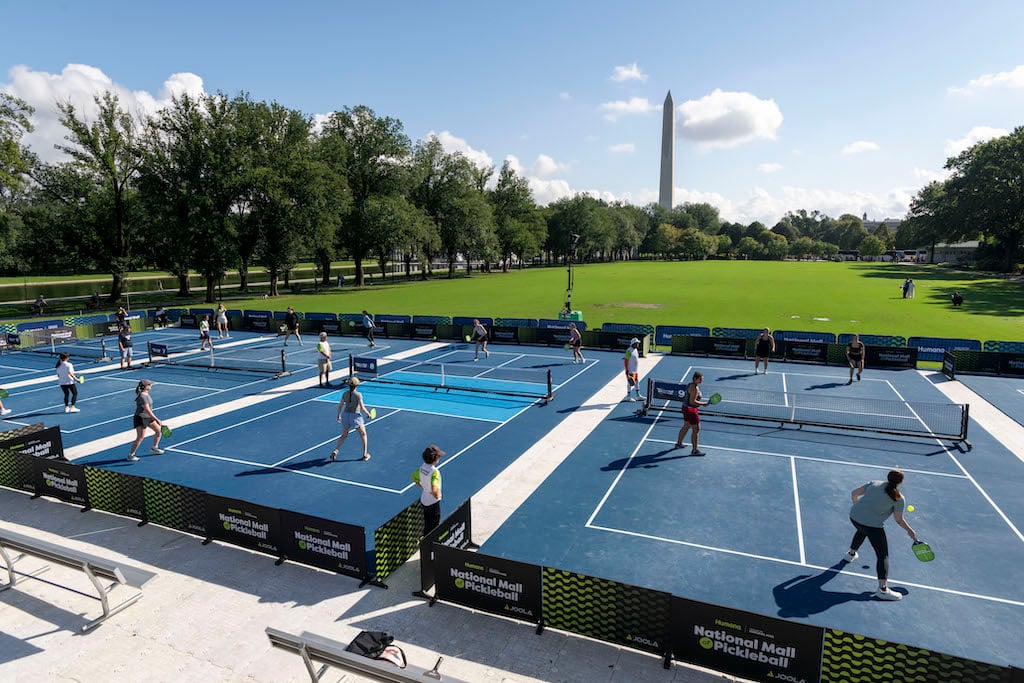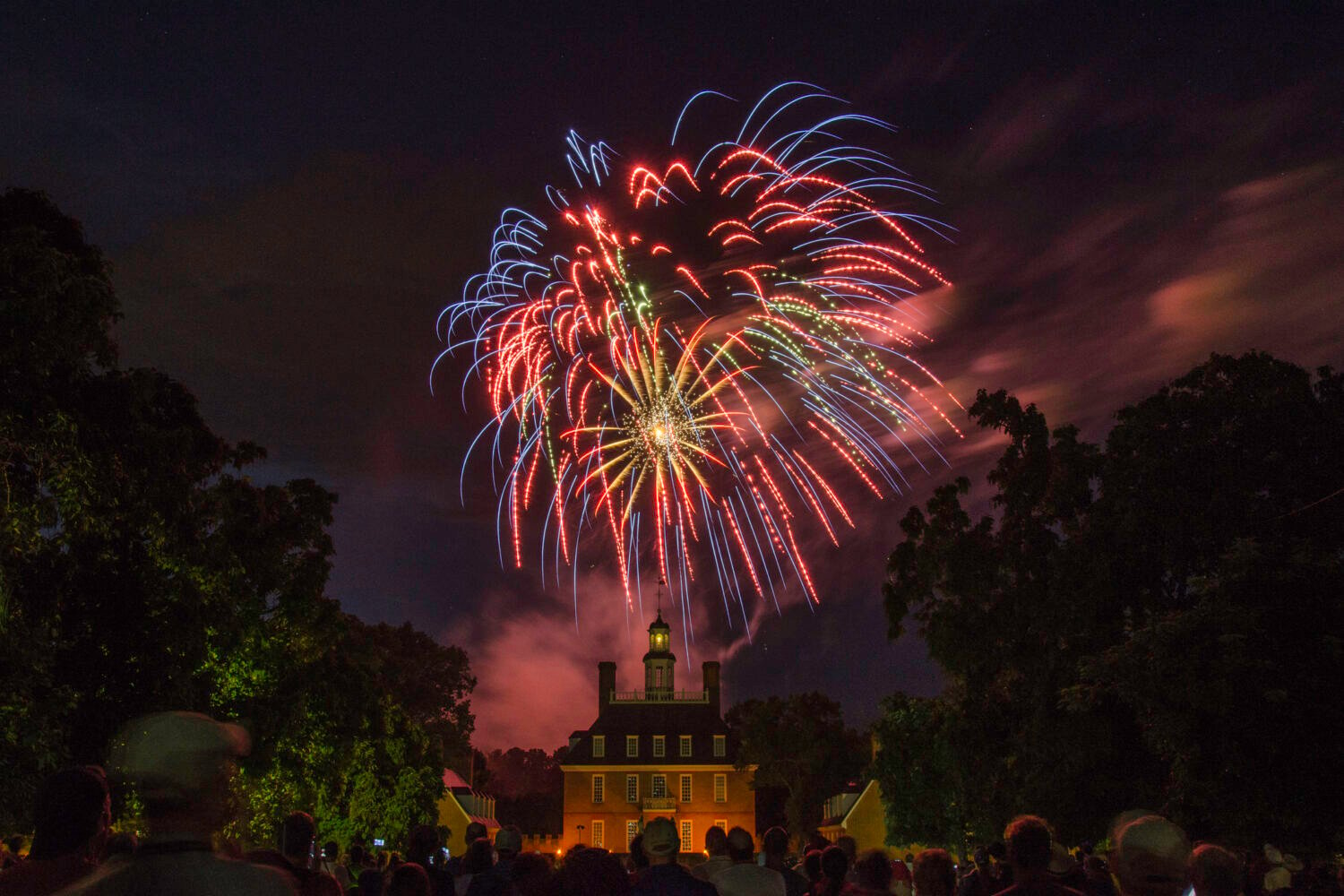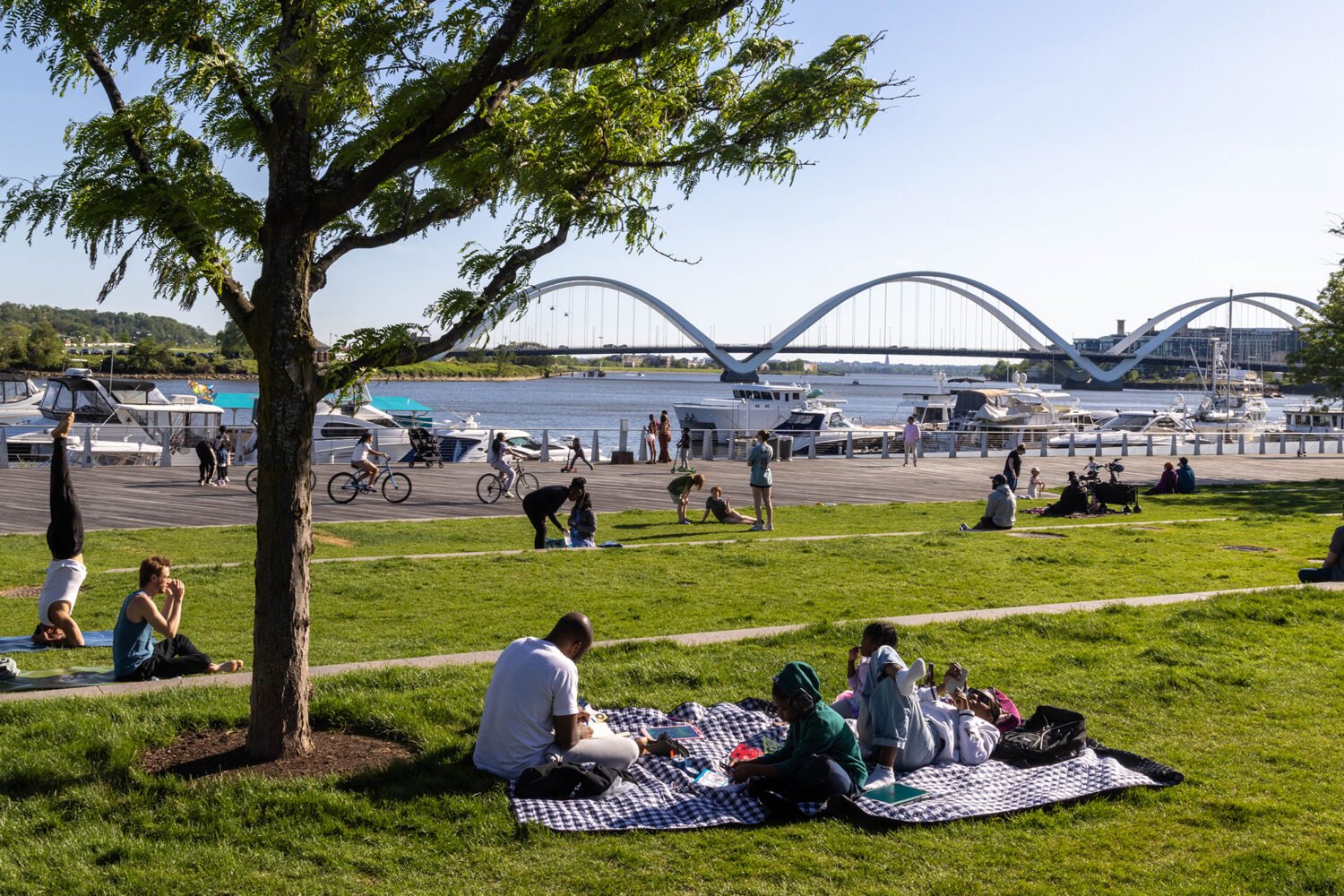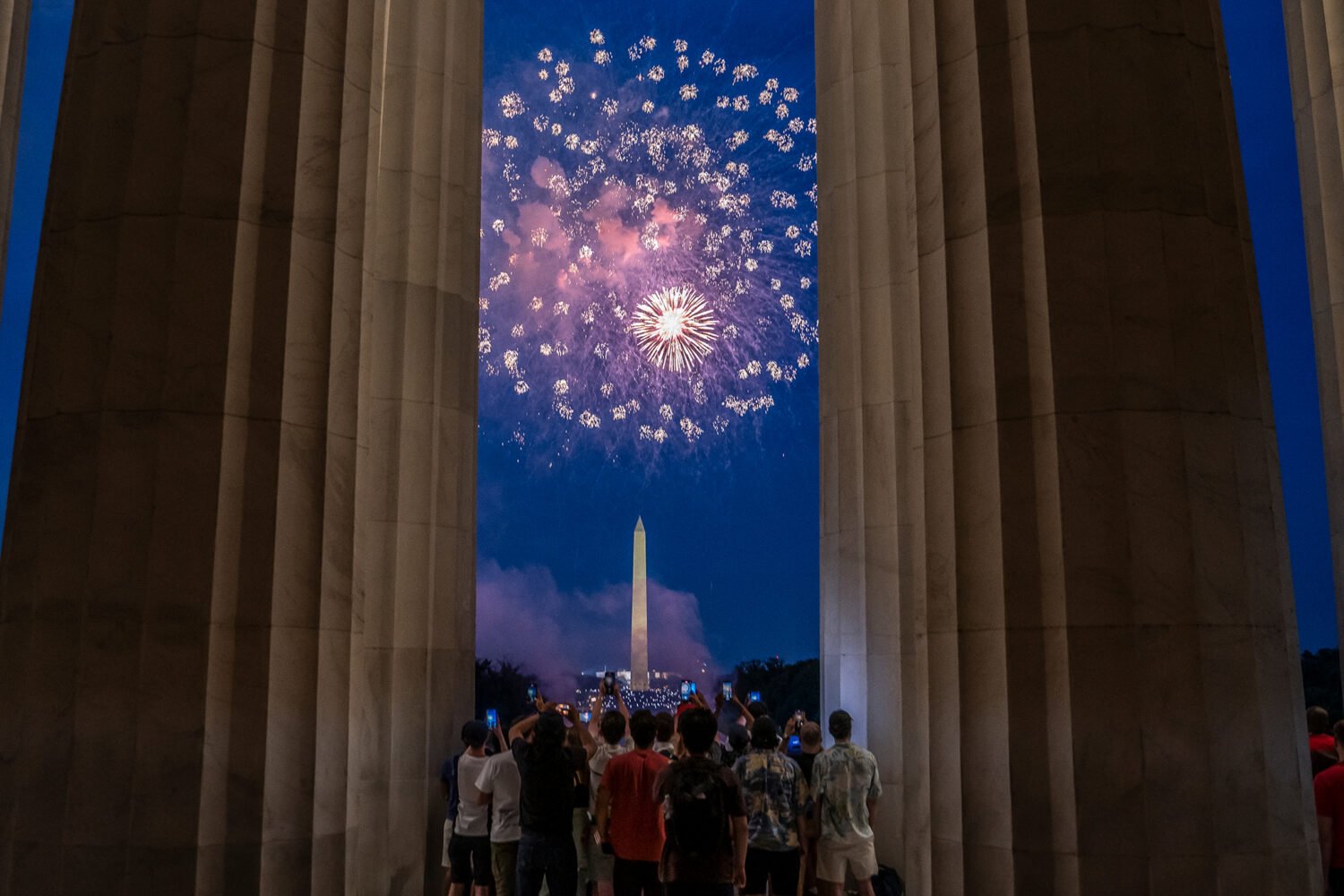It’s Valentine’s weekend, and we all know what that means: Either you’re smugly counting the roses and tipping the mailman heavily or you’re eyeing the vodka bottle and desperately flicking through your BlackBerry contacts looking for a last resort.
Either way, help is at hand. Whether you’re in need of a romantic backdrop or just starved for some natural beauty, you’re in the right city. Washington is awash with public nudity—of the sculptural kind. In fact, Washington has the most nude art of any city in the country—and we’ve done you the favor of rounding up some of our favorite nude sculptures.
The following are located in and around DC, they’re easily accessible, and best of all, they’re free. Just try not to gape for too long. It’s embarrassing.
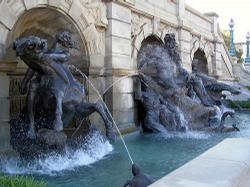
1. Court of Neptune Fountain, Library of Congress
Roland Hinton Perry, 1895
When Perry’s sculpture of Neptune holding court amid a crowd of naked tritons and sea nymphs was unveiled, an appalled public demanded that he cover certain bits of it up. Luckily, he missed a bit, and as far as coverage goes, the fig leaf on Neptune doesn’t leave much to the imagination.
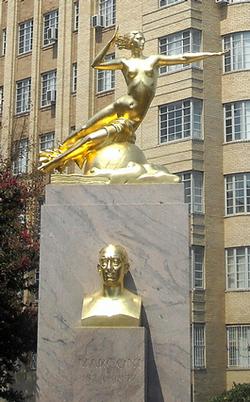
2. Guglielmo Marconi Memorial, 16th and Lamont sts., NW
Attilio Piccirilli, 1941
Marconi’s claim to having invented the radio has long been disputed, so luckily his memorial has absolutely nothing to do with technological development. Instead, visitors can see a gilded bronze nude more reminiscent of a James Bond opening title sequence than of NPR.
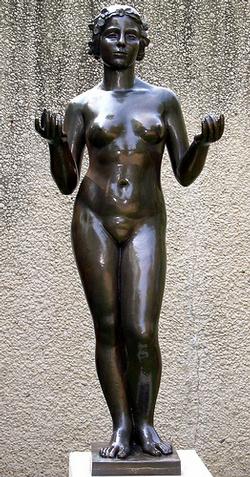
3. Maillol nudes, Hirshhorn Museum Sculpture Garden
Aristide Maillol, 1898 to 1930
Maillol, a devotee of the classical Greek form of sculpture (nude women) has a number of sculptures on the grounds of the Hirshhorn, including “Nymph” (1930), “Youth” (1910), and “Nude With Raised Arm” (1929). All are classical, all are bronze, and all are completely naked.
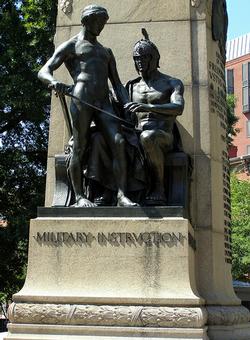
4. Baron von Steuben Memorial, Lafayette Park
Albert Jaegers, 1910
This monument to the war hero Friedrich Wilhelm von Steuben stands testament to the power of keeping it simple. Most onlookers are so mesmerized by the extravagantly naked men and women flanking either side of the plinth that they forget to look at the poor baron.
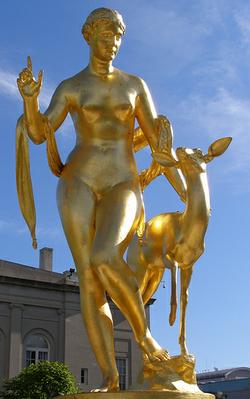
5. Joseph Darlington Fountain, Judiciary Square
Carl Paul Jennewein, 1923
Here’s how the Chicago Tribune put it on July 3, 1988: “The voluptuous nymph in Judiciary Square, honoring Joseph Darlington, one of Washington’s most prominent 19th-century lawyers, could easily grace the centerfold of Playboy.”
6. Sappho sculpture, Arlington National Cemetery
Vinnie Ream Hoxie, 1870
Not only does “Sappho” represent Vinnie Ream Hoxie’s interpretation of the ideal woman, but it also marks the sculptor’s grave. While this sculpture is mostly covered in a light verdigris, a small part of it retains its original sheen (not, presumably, through curatorial intervention).
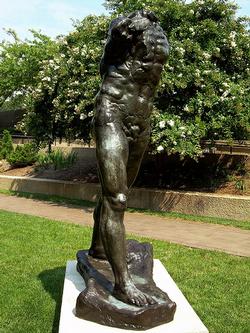
7. “Walking Man, Hirshhorn Museum Sculpture Garden
Auguste Rodin, 1900
Admittedly, he doesn’t have a head. But don’t let that stop you. “Walking Man” is a classic example of the “rugged, realistically imperfect” form that Rodin favored, according to the Hirshhorn’s Web site. In the late 19th century, he was frequently considered obscene by critics and the public because of the “sexually charged” nature of his work. Luckily, these days we’re a lot more appreciative of fine art. Ahem.

8. Navy Yard urns, Lafayette Park
Uunknown, 1872
They’re easy to wander past, but pay attention when looking at the Navy Yard urns, cast using melted cannons from the Civil War by the Ordnance Department of the US Navy. The urns are five feet tall and depict a variety of scenes featuring Bacchus and his Maenads in unbridled forms of undress.

9. “The Arts of War,” east end of Memorial Bridge
Leo Friedlander, 1951
These mighty golden neoclassical sculptures flanking one side of Memorial Bridge depict the qualities of valor and sacrifice, interpreted as a mighty warrior, a naked woman, and a horse. Art buffs might recognize Friedlander’s style from the art deco reliefs on the RCA Building at New York City’s Rockefeller Center.

10. “George Washington,” National Museum of American History
Horatio Greenough, 1840
Okay, so he’s not strictly naked. However, it’s fair to say that Greenough’s depiction of the first President half naked and dressed in a toga is worth a visit. Critics at the time queried whether the gesturing Washington, modeled after a classical Greek statue of Zeus, was making a grand pronouncement or reaching for his clothes.More>> After Hours Blog | Arts & Events | Happy Hour Finder | Calendar of Events

